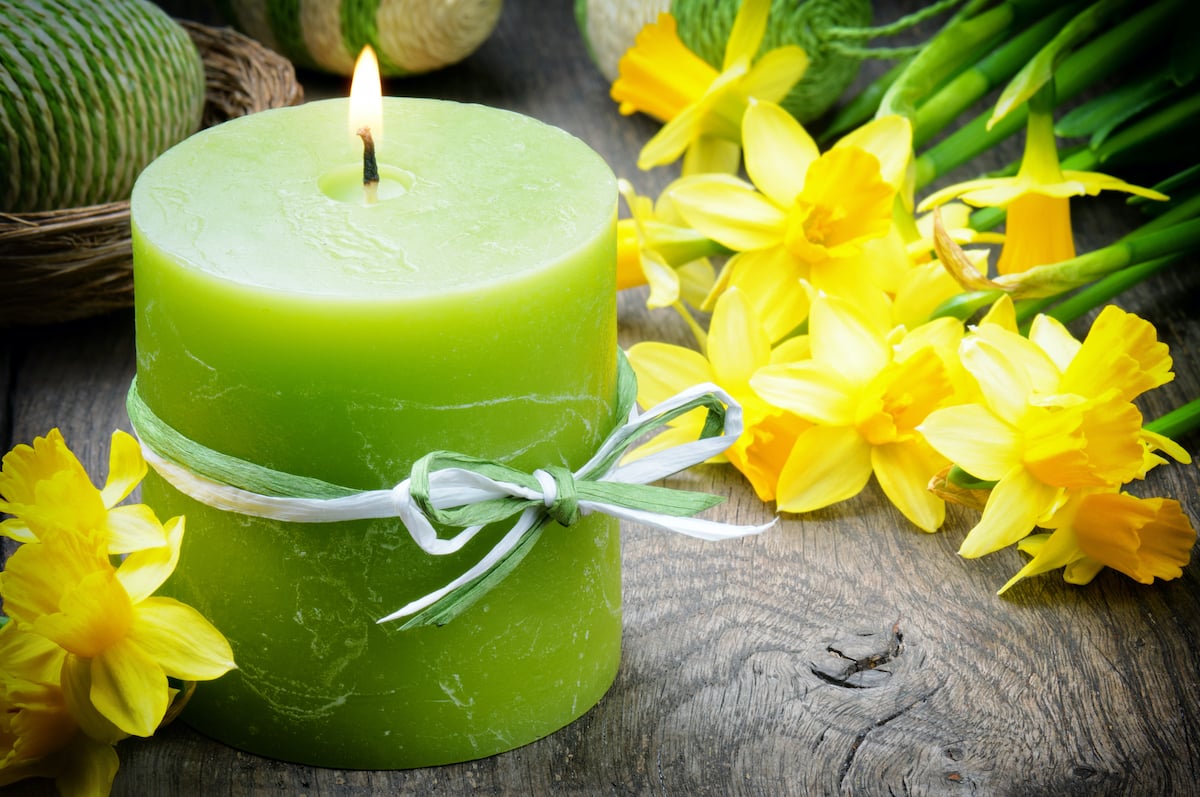

Articles
Why Do Candles Pop?
Modified: January 8, 2024
Discover the science behind why candles pop with our informative articles.
(Many of the links in this article redirect to a specific reviewed product. Your purchase of these products through affiliate links helps to generate commission for Storables.com, at no extra cost. Learn more)
Introduction
There is something magical about the soft, flickering glow of a candle. Whether you are relaxing with a scented candle after a long day or setting the mood for a romantic dinner, candles can create a warm and inviting atmosphere. However, if you have ever experienced the sudden pop or crackle of a candle, you may be left wondering why it happens and whether it is something to be concerned about.
The phenomenon of candles popping can be both startling and intriguing. It not only adds an element of surprise to the candle’s gentle ambiance but also raises questions about the science behind these small but powerful wax creations. In this article, we will dive into the details of why candles pop and explore the factors that contribute to this phenomenon.
Before we delve into the science, it’s essential to understand the basics of how candles work. A typical candle consists of a wick, which is usually made of braided cotton, and wax, which serves as the fuel. The wick draws the liquid wax up to its burning tip, where the heat of the flame vaporizes the wax and allows it to burn, creating light and heat.
Now that we have a fundamental understanding of candles, let’s explore the chemistry that drives the burning process and ultimately leads to the occasional popping.
Key Takeaways:
- Embrace the gentle flickering glow of candles while understanding the science behind occasional popping sounds. Follow simple tips to minimize popping and enjoy a serene and tranquil candle-burning experience.
- Factors such as high temperature, wet wicks, excess air, and fragrances can contribute to candle popping. Choose high-quality candles, trim wicks, and be mindful of burning conditions to reduce popping sounds.
Read more: Why Do Candles Sweat
The Science Behind Candles
To understand why candles sometimes pop, it’s crucial to grasp the science behind their combustion process. When a candle is lit, the heat of the flame melts the wax near the wick. This liquid wax is drawn up the wick, where it is exposed to the oxygen in the air. The heat from the flame vaporizes the liquid wax, which then combines with the oxygen to produce carbon dioxide, water vapor, heat, and light.
During this combustion process, energy is released in the form of heat and light. The heat from the flame melts more wax, allowing the cycle to continue as long as there is sufficient fuel and oxygen available. This continuous process sustains the flame and allows the candle to burn.
However, there are certain factors that can disrupt this combustion process and contribute to the occurrence of popping sounds. These factors range from the composition of the candle wax to the environment in which the candle is burning.
Let’s dive deeper into the elements that affect the behavior of a burning candle and contribute to the occasional popping.
Understanding Candle Chemistry
Candle chemistry is a fascinating field that involves understanding the interactions between the components of a candle and the environment in which it burns. At the heart of candle chemistry lies the combustion process, which involves the reaction between the wax, the wick, and the surrounding air.
Candles are typically made from various types of wax, including paraffin wax, beeswax, soy wax, and palm wax. Each type of wax has its own unique composition, which can affect how the candle burns and potentially contribute to popping sounds.
When a candle is lit, the heat of the flame melts the wax near the wick, causing it to vaporize and combine with the oxygen in the air. This combustion reaction generates heat, light, water vapor, and carbon dioxide. However, certain impurities or additives in the candle wax can influence this process and lead to popping.
Fragrances or essential oils added to candles can introduce additional chemicals that alter the combustion process. Some fragrances contain alcohol or other volatile compounds that can create tiny explosions when they vaporize, resulting in popping sounds. Similarly, dyes or colorants in candles can contain chemicals that affect the way the wax burns, potentially contributing to popping.
In addition to the wax composition, it’s important to consider the role of the wick. The wick, typically made of braided cotton, acts as a conduit for the liquid wax to reach the burning tip. If the wick is too thick or improperly sized for the candle, it may not be able to draw the liquid wax efficiently. This can lead to an uneven combustion process, causing the flame to fluctuate and potentially result in popping.
Furthermore, environmental factors such as temperature and air circulation can also impact candle combustion. High room temperatures can cause the wax to melt more rapidly, leading to a faster burning rate and increasing the chances of popping. Similarly, drafts or gusts of air near the candle can disrupt the flame and cause irregular burning, resulting in popping sounds.
By understanding the chemistry behind candle burning, we can gain insight into the factors that contribute to the occasional popping phenomenon. In the next section, we will explore specific aspects that can increase the likelihood of candles popping.
Factors That Contribute to Candle Popping
While candles are generally designed to burn smoothly and quietly, there are several factors that can contribute to the occasional popping sounds. These factors can range from the way the candle is made to the conditions in which it is burned. Let’s take a closer look at some of these contributing factors:
High Temperature and Rapid Burning: When a candle burns at a high temperature, it can cause the liquid wax to vaporize more quickly. This rapid vaporization can create pressure within the candle, resulting in popping sounds as the hot gases escape. High temperature and rapid burning are often associated with candles that have a larger wick or are exposed to excessive heat in the surrounding environment.
Wet or Damp Candle Wick: If the candle wick has been exposed to moisture, it can retain water droplets. When the candle is lit, these water droplets can heat up rapidly and turn into steam. The sudden release of steam can cause the candle to pop as the pressure builds up and escapes. It’s essential to store candles in a cool, dry place to prevent the wick from becoming damp.
Excess Air or Oxygen Supply: Candles require oxygen to burn, but an excess supply of air or oxygen can lead to more vigorous combustion. When there is too much oxygen, the flame can grow larger and hotter, causing the wax to vaporize at a faster rate. This increased vaporization can contribute to popping sounds as the hot gases expand and escape from the candle.
Fragrance or Additives in the Candle Wax: As mentioned earlier, fragrances or additives in candles can impact the combustion process. Some fragrance oils or additives contain volatile compounds that can create small explosions when they vaporize, resulting in popping sounds. Choosing candles with minimal additives or opting for unscented varieties can reduce the likelihood of popping.
It is important to note that while these factors can contribute to candle popping, occasional popping sounds are generally harmless and do not pose a significant risk. However, if you notice excessive or persistent popping, it is advisable to extinguish the candle and inspect for any potential issues with the wick or candle construction.
In the next section, we will provide some tips to help prevent candle popping and ensure a smooth and enjoyable candle-burning experience.
High Temperature and Rapid Burning
One of the factors that can contribute to candle popping is high temperature and rapid burning. When a candle burns at a high temperature, it can cause the liquid wax to vaporize more quickly. This rapid vaporization creates pressure within the candle, resulting in popping sounds as the hot gases escape.
There are a few reasons why a candle may burn at a higher temperature. One common reason is a wick that is too large for the candle. A larger wick allows more fuel to be drawn up to the flame, causing the candle to burn hotter and faster. This increased heat can lead to popping sounds as the rapid vaporization of wax generates more gases inside the candle.
Another factor that can contribute to high temperature and rapid burning is the surrounding environment. If the room temperature is particularly warm or if the candle is placed near a heat source, such as a radiator or fireplace, the wax may melt at a faster rate. This accelerates the burning process, potentially leading to louder and more frequent popping sounds.
In addition, using candles designed for outdoor use indoors can also increase the likelihood of high temperature and rapid burning. Outdoor candles are often formulated to withstand wind and other environmental factors, which means they may burn at a higher temperature compared to traditional indoor candles. Burning these candles indoors may result in more intense heat and an increased chance of popping.
To minimize the occurrence of candle popping due to high temperature and rapid burning, there are a few steps you can take:
- Choose candles with appropriate wick sizes for the candle’s diameter. A properly sized wick will promote a more controlled and balanced burn.
- Ensure that the room temperature is moderate and not excessively warm. Avoid placing candles near sources of heat that can accelerate the melting of the wax.
- Use indoor candles that are designed for the specific environment. Outdoor candles may burn at higher temperatures, increasing the chance of popping when used indoors.
- If you notice excessive popping or signs of overheating, extinguish the candle and allow it to cool before relighting. This can help prevent potential hazards and ensure a safer burning experience.
By being mindful of the factors that contribute to high temperature and rapid burning, you can reduce the likelihood of candle popping and enjoy a tranquil and uninterrupted candle-burning experience.
When a candle pops, it is usually due to the presence of air bubbles or impurities in the wax. To minimize popping, try using high-quality, pure wax candles and avoid burning them in drafty areas.
Read more: Why Do Candles Flicker
Wet or Damp Candle Wick
Another factor that can contribute to candle popping is a wet or damp candle wick. When the wick of a candle becomes damp, it can lead to popping sounds as the moisture evaporates and escapes from the flame.
There are a few ways in which a candle wick can become wet or damp. One common reason is exposure to high humidity or moisture in the air. If the storage area for the candles is not properly sealed or if the candles are stored in a humid environment, the wicks can absorb moisture from the air.
In addition, accidental spills or splashes can also dampen the candle wick. If water or any other liquid comes into contact with the wick, it can affect the way the wick burns and potentially lead to popping sounds.
When a candle with a damp wick is lit, the heat from the flame causes the moisture to heat up and turn into steam. As the steam tries to escape from the wick and the surrounding wax, it can create pressure and result in popping sounds.
To prevent candle popping due to a wet or damp wick, it is important to store your candles in a cool, dry place. Avoid exposing them to high humidity or areas where water is likely to come into contact with the wicks.
If you suspect that the wick of a candle has become damp, here are some steps you can take to remedy the situation:
- Gently blot the wet or damp wick with a clean, dry cloth to absorb any moisture. Be careful not to rub or damage the wick.
- Allow the candle to fully dry before attempting to relight it. This may take several hours or even overnight, depending on the level of saturation.
- If the wick remains damp after drying, consider replacing it with a new wick to ensure a clean burn.
By keeping your candle wicks dry and free from moisture, you can help prevent popping sounds and maintain a smooth and enjoyable burning experience.
Excess Air or Oxygen Supply
Excess air or oxygen supply is another factor that can contribute to candle popping. While candles require oxygen to burn, an excessive supply of air or oxygen can lead to more vigorous combustion, increasing the chances of popping sounds.
When there is too much air or oxygen available for the candle flame, it can cause the flame to grow larger and hotter. This increased heat can accelerate the vaporization of the wax, leading to a faster burn rate and generating more gases inside the candle. As these gases escape from the candle, they can create popping sounds.
There are a few factors that can contribute to an excess air or oxygen supply during candle burning:
- Placement of the candle: If a candle is located in an area with significant air movement, such as near an open window or under a ceiling fan, it may receive more oxygen than necessary. This increased airflow can result in a larger flame and more popping sounds.
- Candle size and shape: Larger candles, especially those with a wider diameter, may have a greater surface area exposed to the surrounding air. This can increase the intake of oxygen and potentially contribute to more pronounced popping sounds.
- Drafts or gusts of air: Even in a relatively still environment, drafts or gusts of air can disrupt the flame and cause irregular burning. Any disruptions in the burning process can lead to popping sounds as the combustion process is momentarily interrupted.
To minimize the occurrence of candle popping due to excess air or oxygen supply, follow these tips:
- Ensure the candle is placed in an area with minimal airflow. Avoid placing candles near windows, fans, or other sources of air movement that can provide excess oxygen.
- If you notice significant drafts or gusts of air in the room, consider moving the candle to a more sheltered location to prevent disruptions in the flame.
- Opt for candles with a smaller diameter or shorter height to reduce the surface area exposed to oxygen. This can help create a more controlled burn and decrease the likelihood of popping.
By being mindful of the air supply around your candles and taking steps to minimize excess airflow, you can create a more stable burning environment and reduce the occurrence of popping sounds.
Fragrance or Additives in the Candle Wax
One of the factors that can contribute to candle popping is the presence of fragrance or additives in the candle wax. While fragrant candles can create a pleasant ambiance, certain fragrances or additives can affect the combustion process and potentially lead to popping sounds.
When fragrance oils or additives are included in candle wax, they introduce additional chemicals that can alter the burning characteristics of the candle. Some fragrances contain alcohol or other volatile compounds that can create small explosions when they vaporize, resulting in popping sounds.
In addition to fragrances, dyes or colorants used in candles can contain chemicals that influence the way the wax burns. These additives can affect the combustion process and potentially contribute to popping sounds.
To minimize the occurrence of candle popping due to fragrance or additives, consider the following tips:
- Choose candles with minimal additives or opt for unscented varieties. Unscented candles typically have a simpler wax composition, reducing the risk of additional chemicals affecting the burn. Alternatively, if you enjoy fragrant candles, look for candles that use high-quality fragrance oils specifically designed for candle making.
- When using scented candles, follow the manufacturer’s guidelines for proper burning. Overburning scented candles can lead to increased fragrance oil vaporization and potentially contribute to popping.
- Allow the candle to burn for a sufficient amount of time during each use. This helps ensure a complete and steady burn, reducing the likelihood of popping caused by uneven combustion.
- Trim the wick to the recommended length before each use. A properly trimmed wick promotes a more controlled burn and can help mitigate popping sounds.
By being mindful of the fragrance and additives in your candles and following proper burning practices, you can minimize the risk of popping sounds and enjoy a more tranquil and uninterrupted candle-burning experience.
Tips to Prevent Candle Popping
While occasional popping sounds from candles are generally harmless and part of the natural combustion process, you may prefer to enjoy a quieter and more tranquil candle-burning experience. Here are some tips to help prevent candle popping and ensure a smooth burn:
- Choose high-quality candles: Opt for candles made with high-quality materials, such as premium wax and well-made wicks. Quality candles are less likely to produce excessive popping sounds during burning.
- Properly size the wick: Pay attention to the recommended wick size for the candle’s diameter. A properly sized wick will promote a balanced burn and minimize the chances of popping.
- Keep candles away from air drafts: Avoid placing candles in areas with significant air movement, as this can disrupt the flame and contribute to popping. Keep them away from open windows, fans, or vents.
- Store candles in a cool, dry place: Properly store your candles in a cool and dry environment. Excessive moisture can dampen the wick and contribute to popping, so ensure that the candles are kept away from humid areas.
- Trim the wick: Before each use, trim the wick to a recommended length (usually around 1/4 inch or 6mm). A properly trimmed wick promotes a more controlled burn and reduces the likelihood of popping.
- Burn candles for a sufficient amount of time: Allow candles to burn for a long enough duration during each use to ensure a complete and even burn pool. This helps prevent tunneling and uneven combustion, which can lead to popping sounds.
- Avoid overburning scented candles: Follow the manufacturer’s guidelines for burning scented candles. Overburning can cause faster fragrance oil vaporization and potentially result in more pronounced popping sounds.
- Consider using unscented candles: If you frequently experience popping with scented candles, try using unscented candles instead. These candles tend to have simpler wax compositions and fewer additives, reducing the likelihood of popping.
By implementing these tips, you can minimize the occurrence of candle popping and create a more serene and enjoyable candle-burning experience.
Read more: Why Do My Candles Crack
Conclusion
Candles create a soothing and intimate ambiance, but the occasional popping sound can add an unexpected element to their allure. Understanding the science behind candle burning can help us unravel the mystery behind this phenomenon and take necessary steps to prevent excessive popping.
We learned that candles rely on the combustion process, where the heat of the flame vaporizes the wax, creating light, heat, and gases. Factors such as high temperature and rapid burning, wet or damp wicks, excess air or oxygen supply, and fragrances or additives in the wax can all contribute to candle popping.
However, by following some simple tips, you can minimize the occurrence of popping and enjoy a quieter candle-burning experience. Choosing high-quality candles, properly sizing the wick, keeping candles away from drafts, storing them in a dry place, and taking care of the burning conditions can all contribute to a smoother burn. Additionally, considering unscented candles or being mindful of fragrance usage can also help reduce popping sounds.
It’s important to remember that occasional popping sounds from candles are generally harmless and do not pose significant risks. However, if you notice excessive or persistent popping, it is advisable to extinguish the candle and inspect for any potential issues with the wick or candle construction.
So, the next time you light a candle, you can do so with a deeper understanding of why candles pop and the measures you can take to enjoy a more serene and tranquil environment. Embrace the gentle flickering glow, let the soothing fragrance envelop you, and create memorable moments in the warm embrace of candlelight.
Frequently Asked Questions about Why Do Candles Pop?
Was this page helpful?
At Storables.com, we guarantee accurate and reliable information. Our content, validated by Expert Board Contributors, is crafted following stringent Editorial Policies. We're committed to providing you with well-researched, expert-backed insights for all your informational needs.

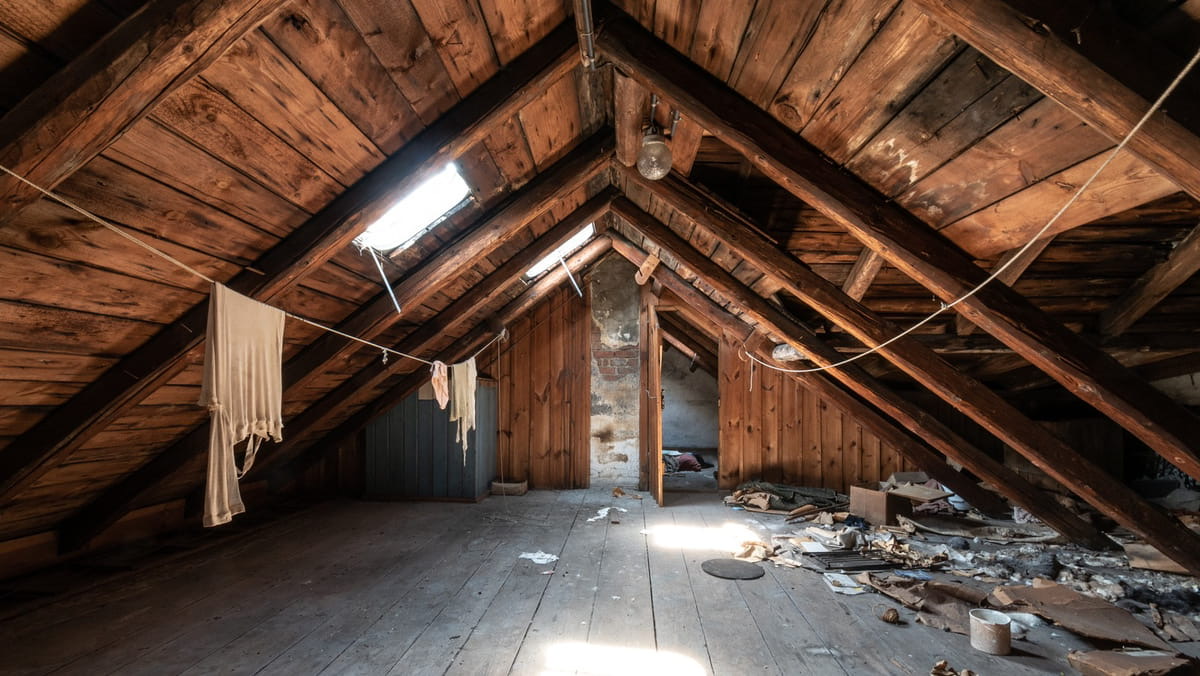
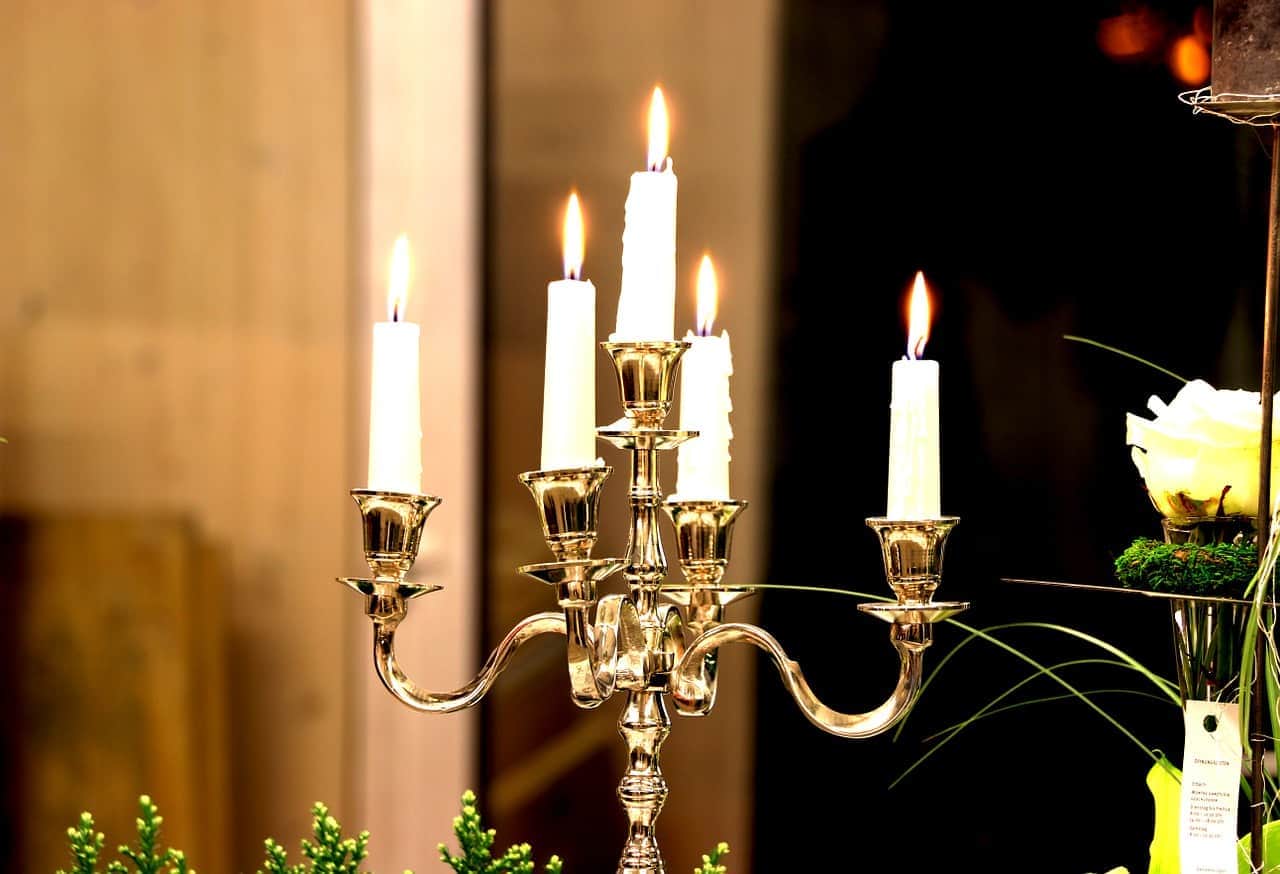
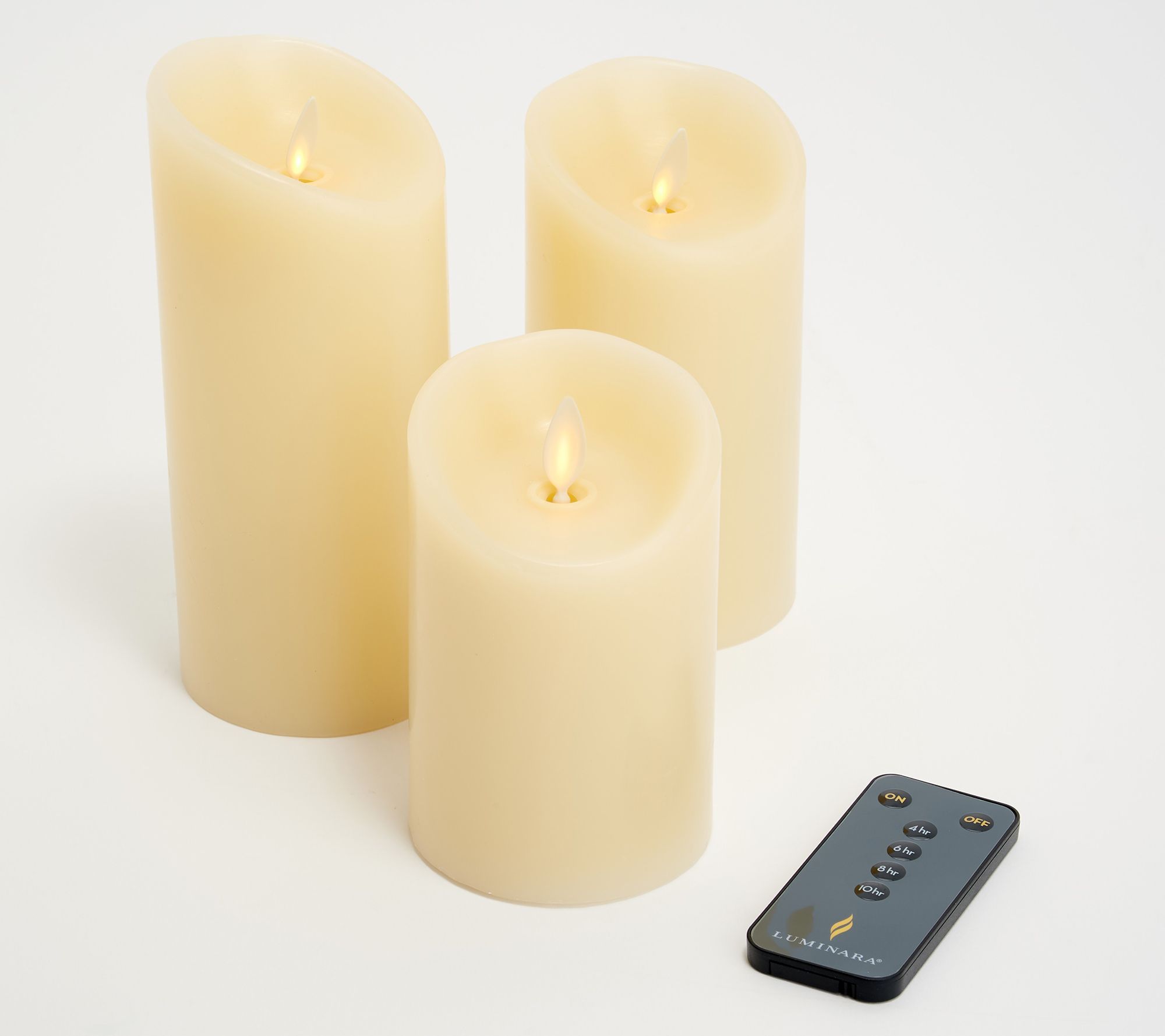
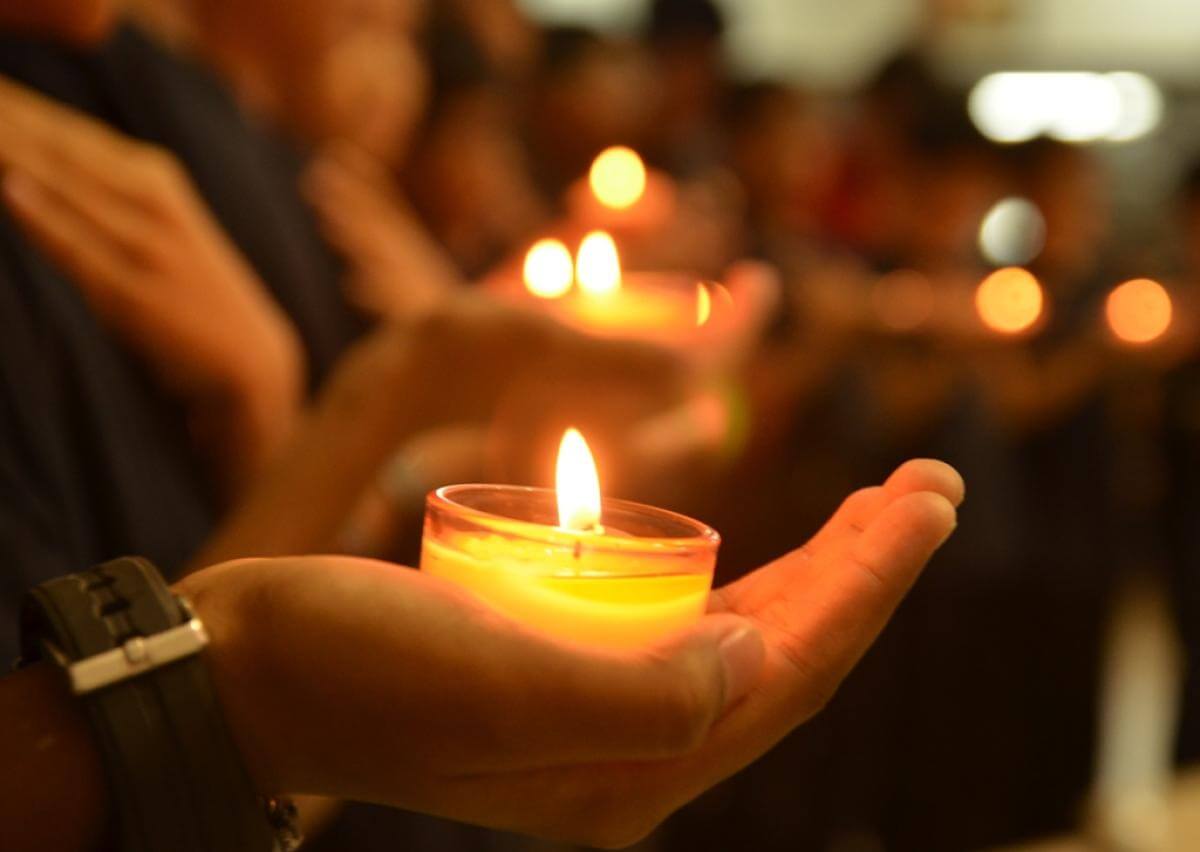
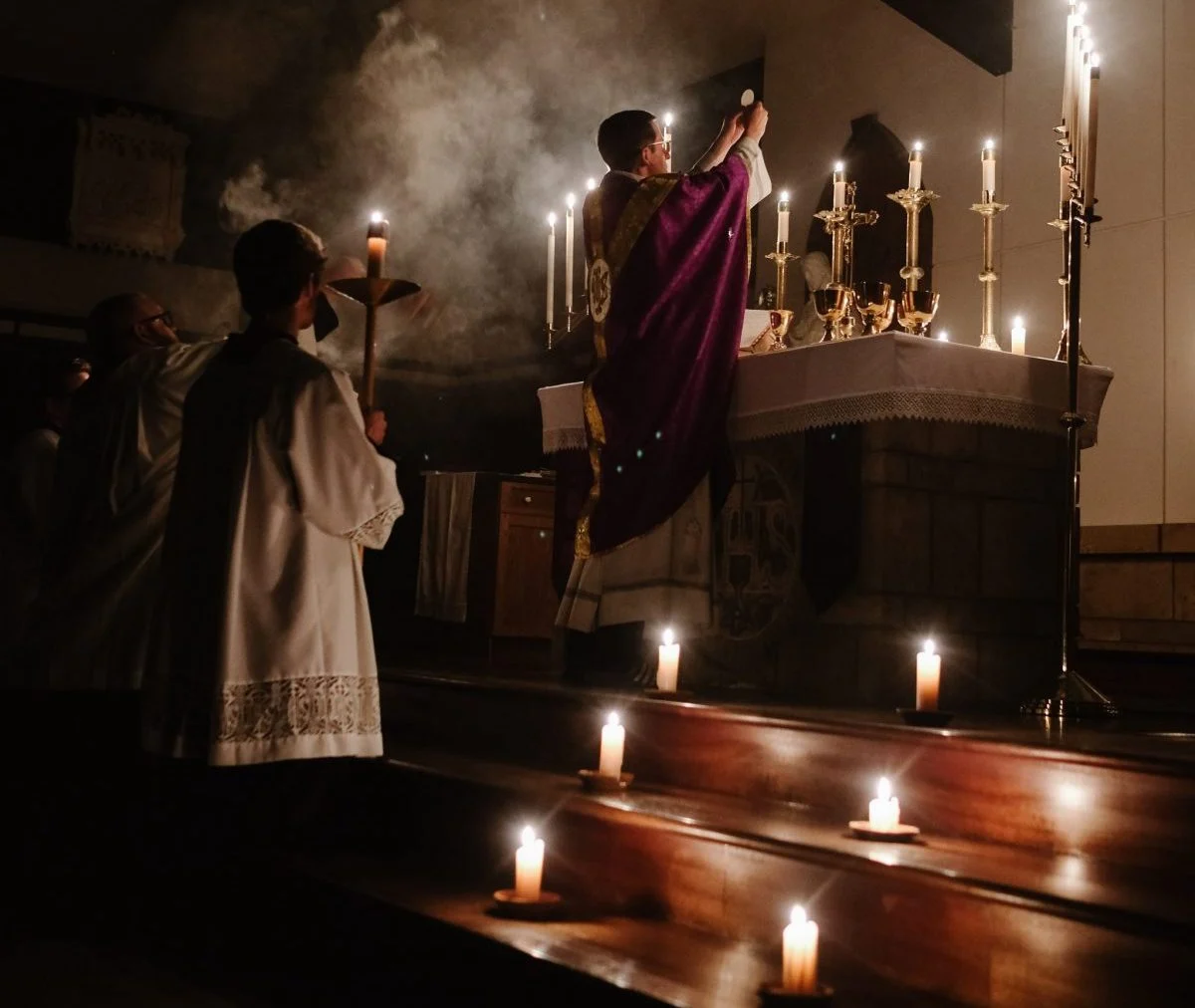
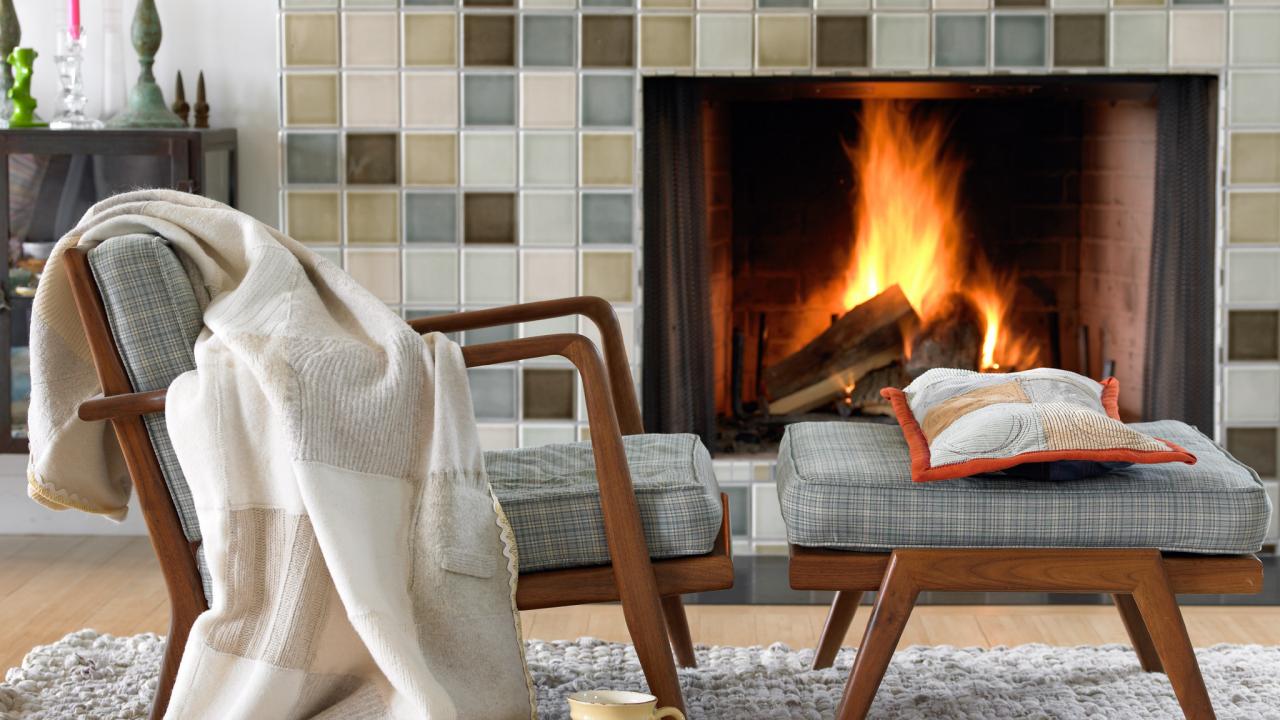
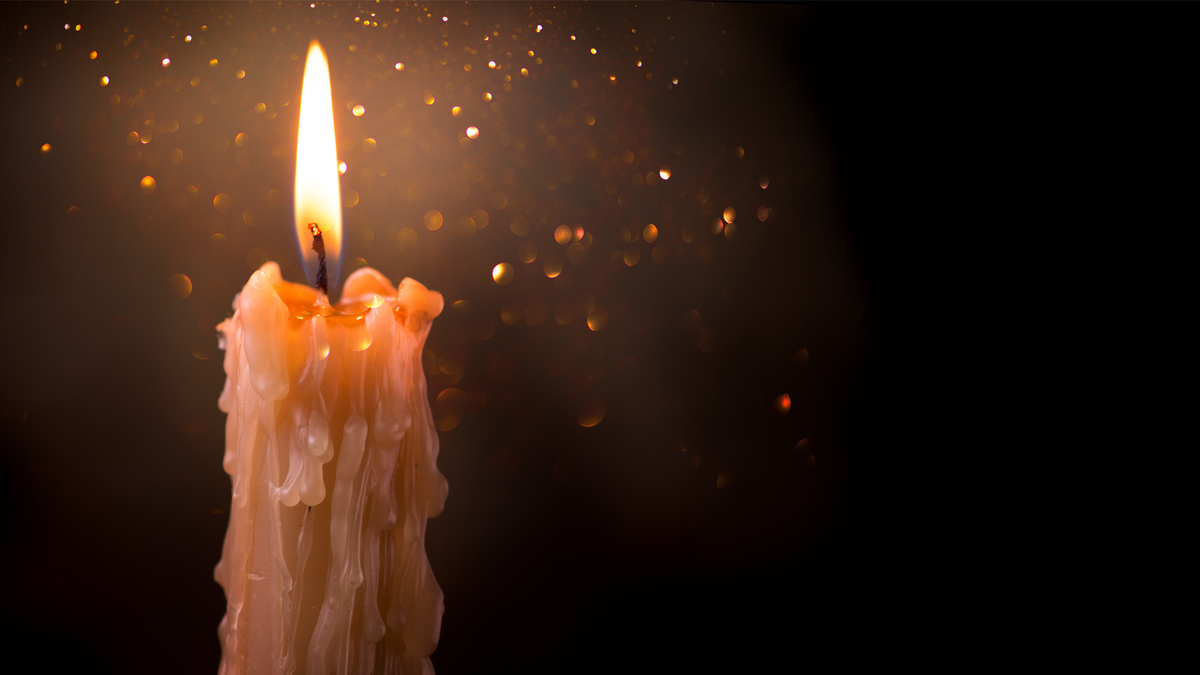
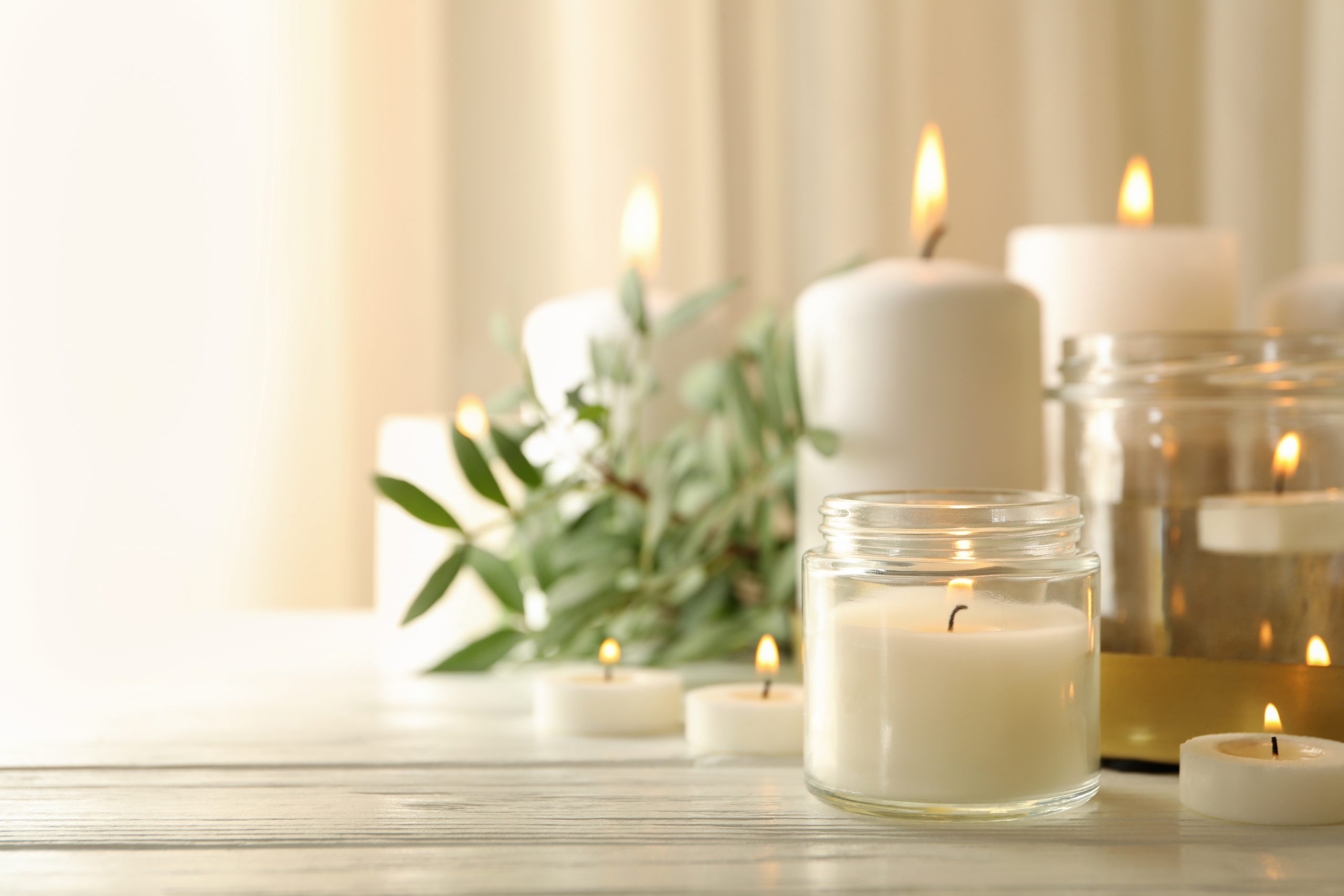
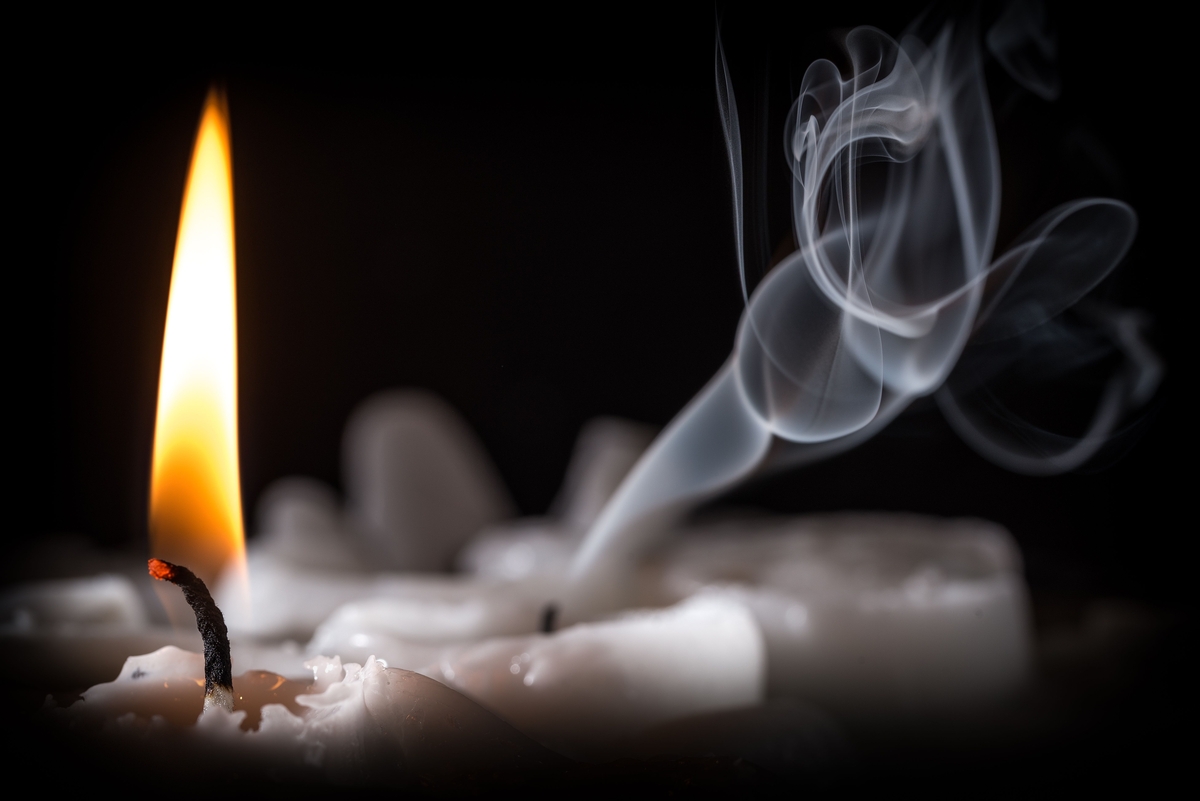

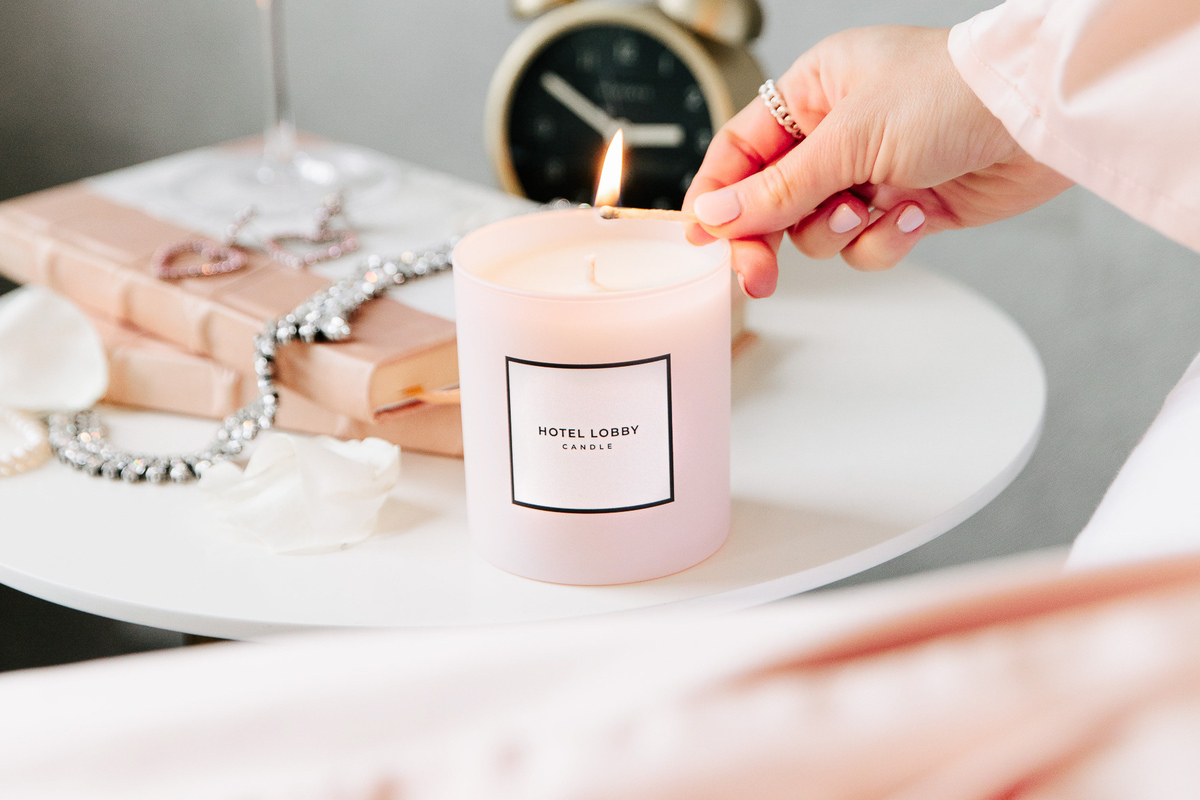
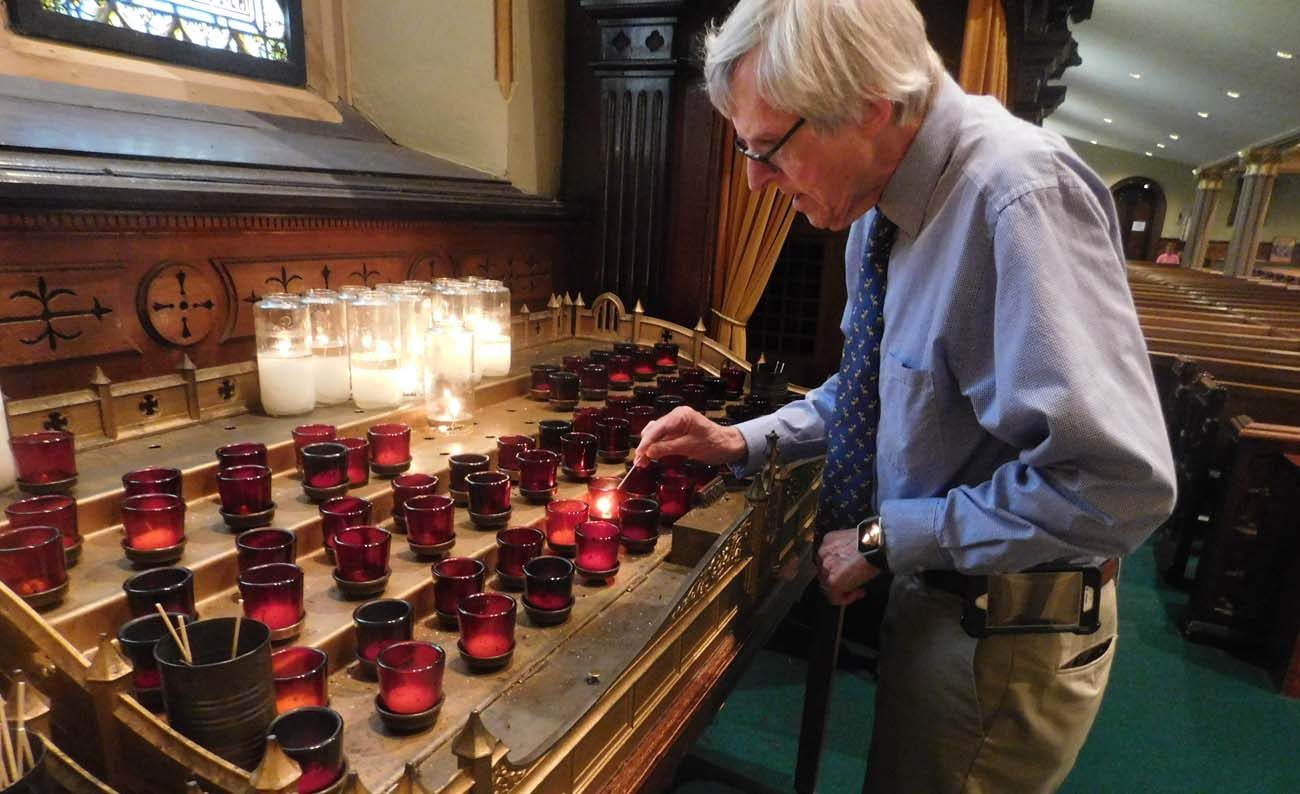

0 thoughts on “Why Do Candles Pop?”